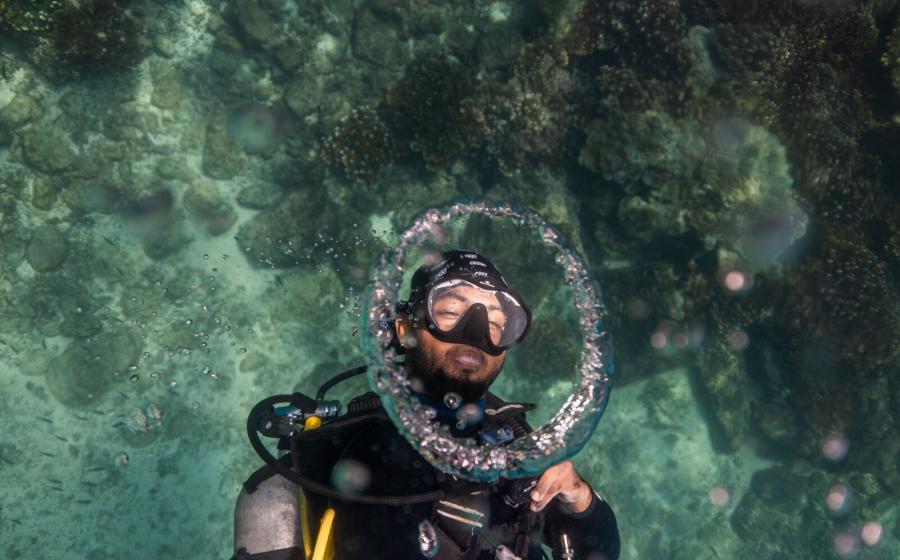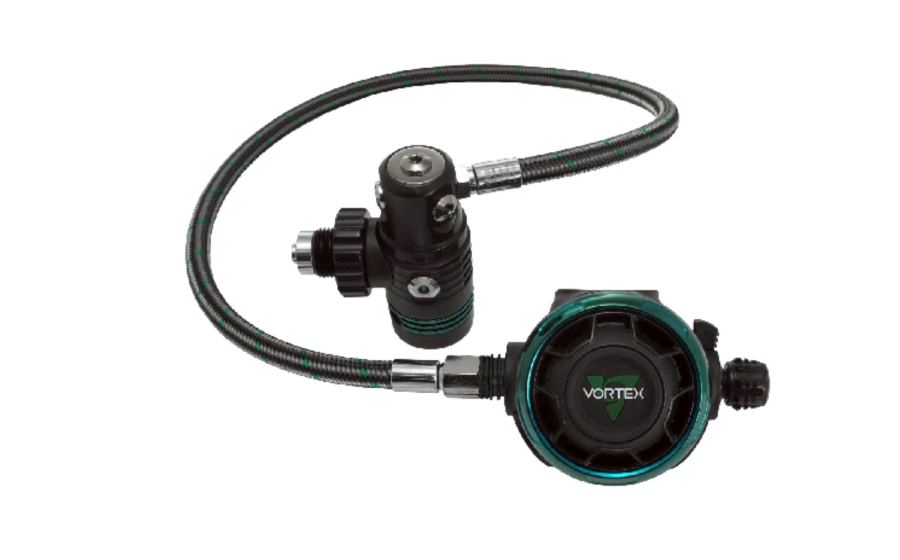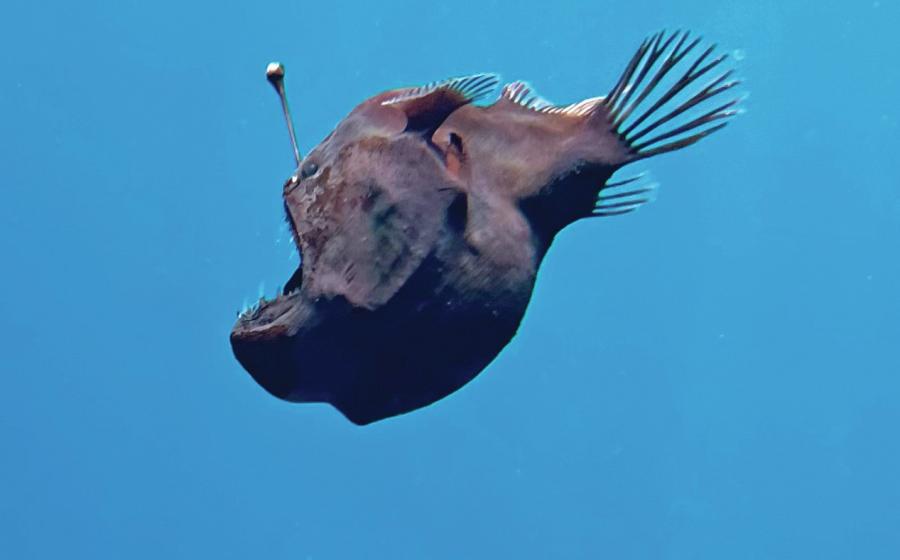Protecting Scuba Diving Sites Could Be Worth Billion

Courtesy National Geographic Pristine SeasAccording to the study, divers are willing to pay more for the privilege of visiting protected areas.
New research has found that better protecting dive sites could generate an extra $2 billion globally.
Around 33 million scuba dives take place in the ocean each year, and while 67 percent of dive sites are within marine protected areas, just 15 percent are in highly or fully protected areas. If full protections were enforced in these areas, researchers believe demand for recreational diving would be even higher—boosting the industry’s annual revenue by $616 million.
Related Reading: The Race to Save the Maldives' Sea Turtles
“If you protect a marine area, more recreational divers will show up—and they’ll pay more for the privilege of seeing sensational underwater life,” says lead author Reniel Cabral, a senior lecturer at James Cook University.
Fully protected areas can help restore fish populations by around 500 percent. By allowing marine life to recover, these protections would give divers more animals to see and increase fishing yields, income and job opportunities for local communities.
“Bottom line: Ocean protection benefits marine life, coastal communities and businesses,” says Enric Sala, founder of National Geographic Pristine Seas.
“Bottom line: Ocean protection benefits marine life, coastal communities and businesses.”
More people in the water also means more people inspired to protect marine life, says Drew Richardson, president & CEO of PADI: “The moment a diver comes face to face with the ocean’s vast beauty, they understand the importance and urgency of protecting it.”










